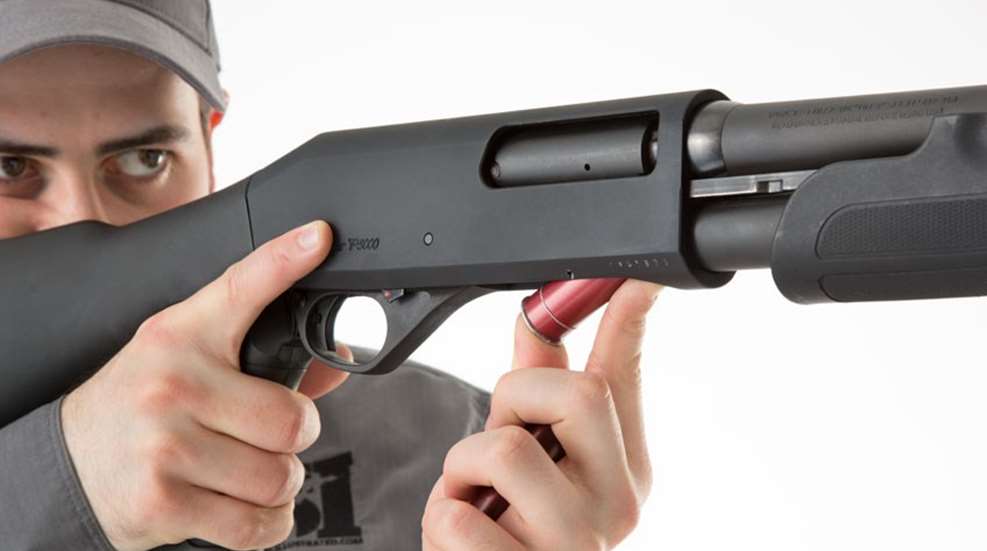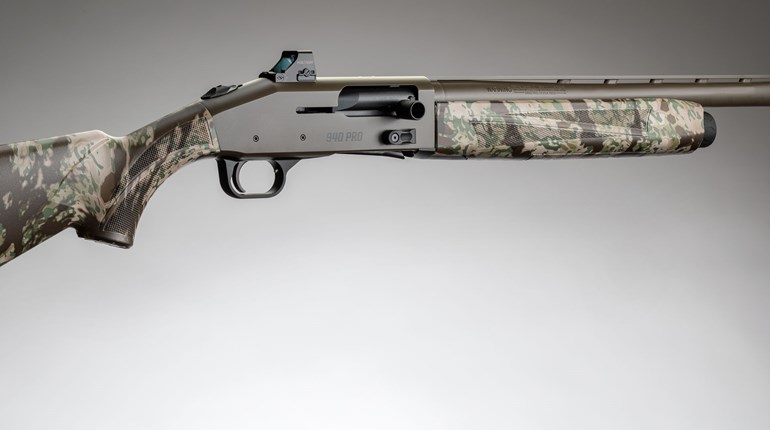
Recently, I’ve received several letters from readers asking if they should “pattern” their home defense shotguns.
For those unfamiliar with the term, “patterning” generally refers to shooting a shotgun at a target board in order to evaluate the dispersion of its pellets at a given range. The purpose of doing so is to determine if the pattern is uniform and spread out evenly over the target without any gaps or clumps that could cause a miss despite the shotgun being aimed correctly. While terrible patterns are rare in quality shotguns, less than perfect patterns can often be corrected by changing choke tubes, loads or ammo brands—provided the shooter is aware of its shortcomings.
Patterning is mostly used by bird hunters to make sure they choose the proper load and choke for their intended game at anticipated ranges. Bird hunters do not aim shotguns, but rather point them, and so stock fit plays a major role. However, the act of patterning is questionable for home-defense shotguns, because these guns are often used at very short distances—before patterns have a chance to spread out much at all. Very rare indeed is the shotgun that displays an erratic pattern at 15 yards or less.
But patterning does reveals something else, and that is the pattern’s median point of impact (POI) compared to its point of aim (POA). In other words, if your shotgun delivers its pattern several inches in any direction of where you aimed, it could make missing your target altogether that much more likely. So here’s how you check it.
First, find a large target like a cardboard box, or staple wrapping paper to backer board or any other target holder so that it won’t flap in the wind. Using a Sharpie, color a dime-sized dot on the target. Then, place an upward arrow on one edge of the target that you’ll use for an orientation reference later. Then place the target 7 yards downrange. Seven yards is an average “combat distance” that is common for home defense testing, but if you anticipate shooting closer or further than 7 yards, place your target there. Next, while using your exact setup (shotgun, choke and load) that you intend to use for home defense, throw the gun up to your shoulder naturally, aim at the dot (using whatever sighting system you have), and pull the trigger. Concentrate in getting off a good, flinch-free shot. If you think you flinched or yanked the trigger, discard the shot and start over. After a good shot, remove the target and install a fresh one. Shoot three shots and then evaluate all three targets.
While there may be more mathematically accurate ways to evaluate a shotgun pattern, a great, easy way to determine the center of your target’s pattern is to simply view the whole pattern from a couple feet away. Let your eyes see the full target and judge the center of its pattern. After you’ve estimated its center the best you can, mark it with the Sharpie. This is your POI. Then compare where it is in relation to the dot, or your point of aim. Then average that distance using your three shots. If the distances between the POA and POI are less than 2 inches, your shotgun is good to go. If it’s more, however, you should probably consider correcting it by adjusting the sights (if it has them), or installing an optic or aftermarket sights. If you insist on using the simple bead front sight only, consider installing a rear sight, or experiment by moving your head one way or another on the stock while aiming. If none of these things work, consider taking your gun to a gunsmith—because there is likely something wrong with the barrel’s alignment—or buying another one.
Chances, are however, your shotgun will pattern just fine at home defense distance. After verifying this, you can rest easy knowing it's the home invader who should be worried.







































